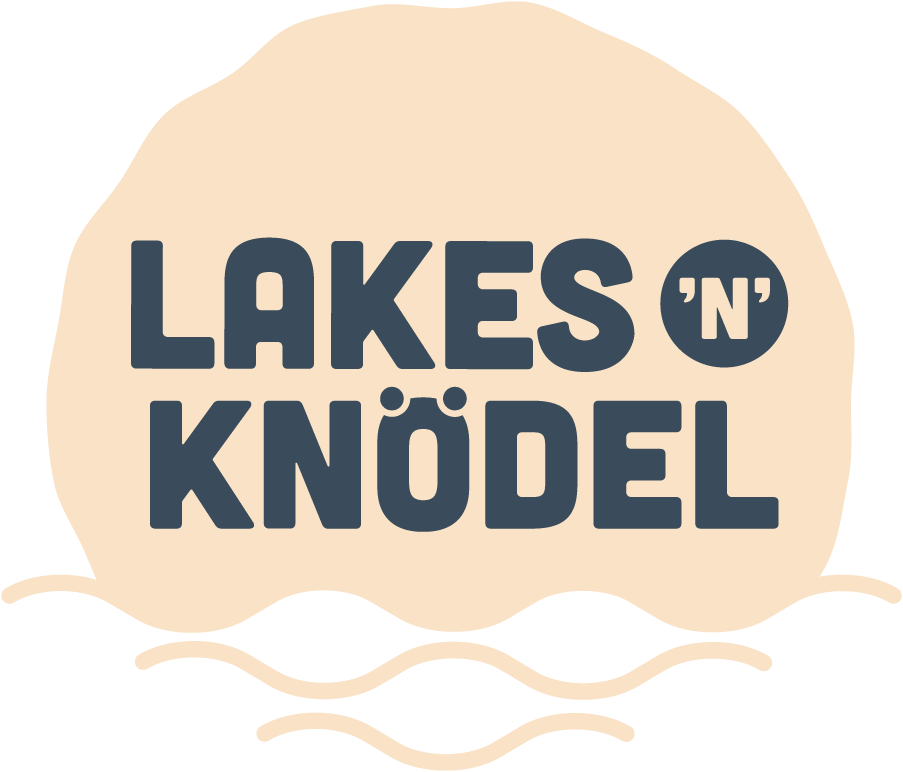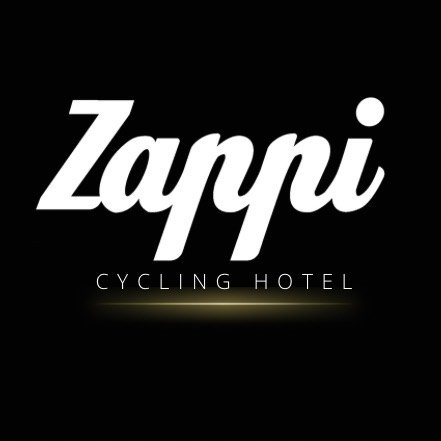Meet Jair Hoogland: a rider who embraces adventure
Interviews

Jair Hoogland is an ultracyclist based in Utrecht, Netherlands, whose journey into the world of long-distance cycling is a story of passion, perseverance, and personal growth. From his first steps in endurance riding to becoming a key figure in the ultracycling community, Jair has made his mark through races like the Transcontinental and VIA. In this interview, Jair shares insights into his ultracycling journey, experiences from Chapter I of VIA, and his plans for the next chapters of this epic adventure.
Tell us about yourself – what's your name and where do you live? How did you get into ultracycling?
I'm Jair Hoogland. You can find me daily on the roads around Utrecht. As I love exploring, discovering new places, and experiencing different scenery, I started creating longer and longer routes. In 2018, I participated in a cycle messenger 24-hour race. The goal was to ride a self-planned route of about 450 km within 24 hours. The winner would gain eternal fame.
Without any expectations, I joined and ended up finishing second. I only lost in the sprint but felt incredibly strong. At this point, I was dreaming about doing the Transcontinental Race but thought it was something only extraordinary people could do. Finishing second in that race gave me the encouragement to ride the Dutch ultracycling event Race Around the Netherlands. Again, I participated with no expectations but performed well and even made it to the podium by finishing third.
This gave me the confidence to go abroad and step out of my comfort zone. Since then, I’ve been doing 2-3 ultracycling races a year, proving that ordinary guys like me can ride 4000 km races.
How did you first hear about VIA, and what inspired you to sign up for Chapter I?
I met Ian at TCRno8 and stayed in contact with him through Instagram. For 2024, I wanted to do a long race but was looking for something new since I’ve always said I’d never do the same race twice. When Ian told me about his plan for VIA, I was immediately in.
And now look at me—never say never! I’m already planning to participate in VIA Race again in 2025. I see the trilogy as one race, not three separate ones.
Looking back at Chapter I, how would you summarize your overall adventure and experience?
VIA Race Chapter I is the hottest race ever—literally and figuratively.
Literally, because I had never ridden through 45-degree heat all day before. Figuratively, because it was the best time. Well, not every single moment, of course—I had my lows. But the human body is designed to forget pain, and now I look back on this race with immense joy.
I had an adventure, made new friends, and saw stunning scenery. For these reasons, I’m already looking forward to Chapter II.
How has your experience with VIA contributed to your personal growth as a person or cyclist?
I think every race brings more experience. This sport is largely about learning through practice. You learn how your body reacts to sleep deprivation, heat, cold, and so on. But then, just when you think you’ve figured it out, it turns out differently the next time.
The main thing I learned from VIA is that acclimatization can be a key factor.
Are you planning to come back for Chapter II? What are your goals (e.g., position)? What excites you most about this new chapter?
I’m planning to complete all three chapters, so count me in for Chapter II! It’s exciting to ride back from Giovinazzo to my home.
As for goals, I want to race and perform as well as possible. I’ll be happy with any result, position-wise, as long as I feel I’ve progressed in my approach to riding. But I’d be lying if I said I wasn’t aiming to finish in a better position than last year.
Did you have a particular strategy going into Chapter I? How did it play out, and do you plan to do anything differently?
Since the race lasts over a week, it’s hard to have a fixed strategy or plan out the entire route. I’ve learned that most plans get thrown out the window after one or two days because of all the variables in play.
For example, I originally planned to ride through the first night, but I was close to a heat stroke and had to rest. So much for that plan! But as the race progresses, you adapt and make decisions to gain an advantage.
For the final section of the route, I had two options: a longer route along the coast and a shorter one inland with more elevation. I kept checking the wind conditions and chose the coastal route because of a tailwind. It turned out to be faster, but I didn’t enjoy it as much as the inland option.
Did you feel the sense of community and inclusion at VIA? How would you describe the spirit of the VIA community?
In most races I’ve done, I’ve felt part of a community. The thing is, we’re doing something pretty extreme, and it’s much easier to talk about this with other riders than to explain it to people at work. That shared understanding is already enough to create a sense of community.
At VIA, the small village atmosphere, events like the finisher’s party, and platforms like the WhatsApp group and forum help keep the spirit alive even after the race. I also think encouraging riders who scratched to come to the finish is valuable. It’s one race but filled with multiple stories.
What was the most challenging part of the race, both mentally and physically? How did you push through?
The hardest part was the start. Coming from the Netherlands, where it was around 20 degrees, to the 40-plus-degree heat of Spain was brutal.
On the first afternoon, the temperatures exceeded 40 degrees, and we had a headwind that felt like riding into a hairdryer. I got dehydrated, couldn’t keep food or drinks down, and developed severe cramps. At one point, I couldn’t even pedal and had to walk into a village to rest.
For the first 2-3 days, I focused on survival rather than racing. Somewhere around day four, I started feeling better and shifted my focus back to the competition.
Can you describe your favourite moment of kindness or camaraderie from someone?
After the Pyrenees, I had a flat tire and stopped on a farmer’s land to fix it. The farmer came over to help, even though he didn’t know how. He stayed with me the whole time, holding my bike and talking to me in French. I didn’t understand him, and he didn’t understand me, but his kindness was heartwarming.
Another memorable moment was in Italy. During siesta, I stopped at a supermarket where the staff let me store my bike in their office, helped me find items quickly, and even let me rest in their staff area. Their friendliness was incredible.
How did rivalries or competition shape your experience? Did racing push you further, or was it more of a personal challenge?
I love racing because it adds another layer of adventure to bikepacking. It pushes me to go further and faster.
The first days of VIA were about survival. By the time I reached Italy, I was focusing on making daily progress. After climbing the Nivolet, I started tracking my position relative to other riders like Eivind, Juhani, and Chris. It motivated me to push myself to the very end, even though I didn’t manage to catch Chris.
If you had to sum up VIA in three words, what would they be?
A hot and beautiful adventure.
What was your favourite (e.g., most beautiful) place or area and why?
Two places come to mind: the Picos de Europa and Abruzzo. The Picos were stunning, but Abruzzo wins for me. Its mountains, lakes, and timeless villages were unforgettable.
I’d also mention the Nivolet Pass, though I rode it in the dark and missed the views. Seeing others’ photos gave me serious FOMO, so it’s one to revisit.
What advice would you give to rookies joining VIA for the first time, especially regarding competition and community?
If you’re unsure, just go! It’s a long journey, and it’s normal not to know your limits. Even experienced riders get nervous.
As for competition, it adds an extra element of adventure, but you set the pace. It’s your journey, and you decide how far to push.
Regarding community, you’ll meet like-minded people and make lifelong friends. That’s something you can count on.
What story do you remember from Chapter I that highlights the essence of VIA for you?
The kindness of everyone involved—riders and the organization—defines VIA. Rob Cameron, for example, helped a man who might have fallen off a cliff. And when Nicky got hit by a car, the organizers quickly called nearby riders to assist. Four of them showed up to help.
These moments show that, even in the midst of racing, the community and care for others always come first.
We can’t wait to see Jair back on the road for VIA Chapter II, pushing boundaries and inspiring us all with his resilience and adventurous spirit. To Jair and every rider joining the journey next year: may your paths be smooth, your spirits unbreakable, and your adventures unforgettable. We'll be cheering you on from the sidelines and dot-watching every twist and turn—ride on, and let the road to greatness guide you! 🚴✨



















